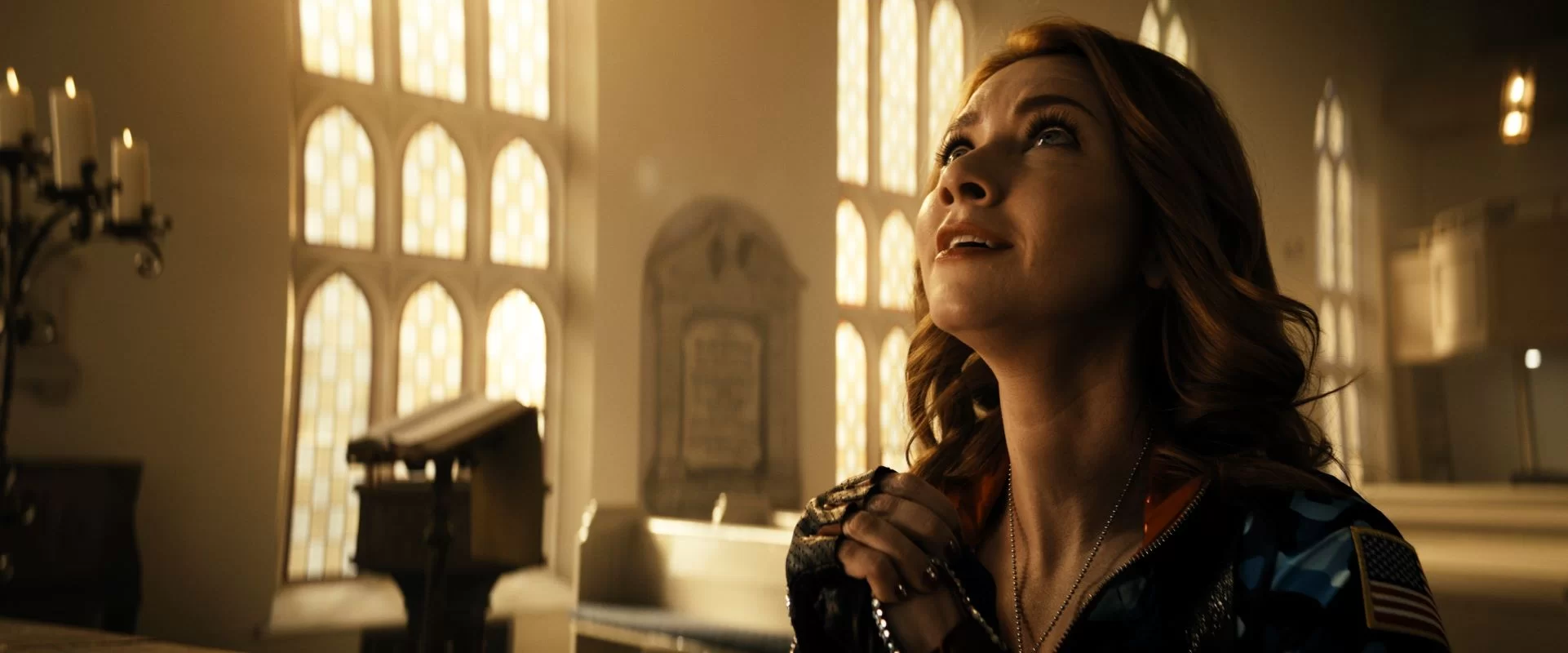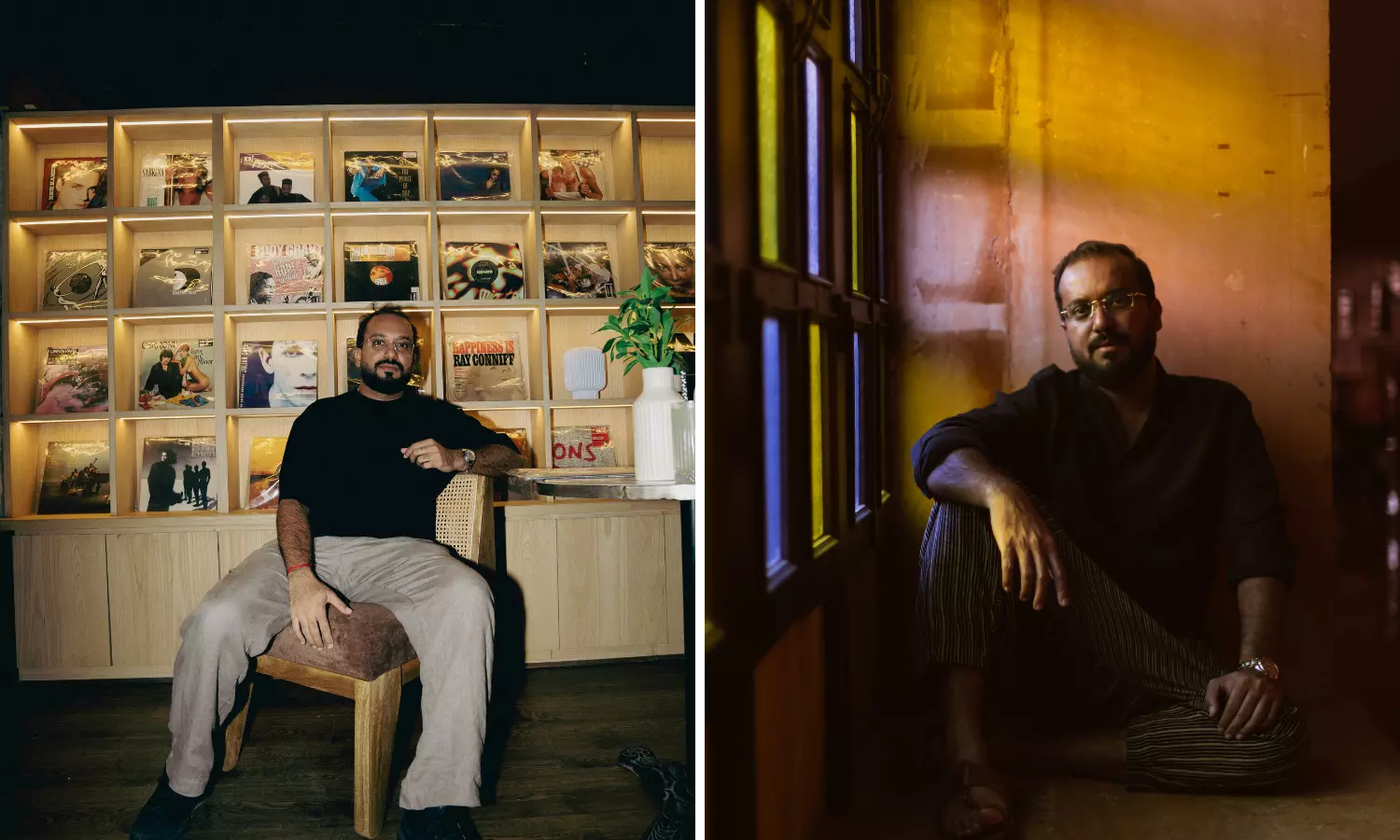By Sean Frankling
Copyright anglicanjournal

Churches balance extra work, content considerations with revenue from film rentals
Editor’s Note: Sean Frankling is a parishioner at Little Trinity Church.
When St. Clement’s Anglican Church in North Vancouver, B.C. got a request to use their building for filming a TV production going by the name “Megasword” in 2024, says the Rev. Helen Dunn, the church’s rector, it was the church’s first time being approached for a film rental. So conversations quickly began in the church community—not just about the rental rate, on which Dunn says the production company made a generous offer—but about how the filming would impact regular use of the church’s space, how the content of the show would reflect on the church and how the church could turn the filming to the benefit of its ministries. As it turned out, Dunn says, the filming was a remarkably positive experience on all these counts.
Real estate concerns—maintenance, redevelopment, property sales and land usage—are top-of-mind for many parishes, and the Anglican Journal has reported before on questions of whether and how church buildings are used outside of their Sunday services and how churches can efficiently use that space both for revenue and ministry. While major film productions do not come to every town and city across Canada, some cities like Toronto and Vancouver have thriving film industries, which present opportunities for churches looking to make use of their space and generate additional revenue. The Journal spoke to members of two such parishes about the challenges and opportunities they weigh when renting out their space for a production.
“Folks in the community rely on this building and rely on the ministry that takes place here. So we do really want to make sure that it’s possible for these ministries to continue for the duration of the filming,” says Dunn.
Representatives of “Megasword,” which was actually a code name for The Last of Us, an HBO show about the human drama of a fungus-based zombie apocalypse, were thoroughly respectful of the congregation’s concerns, says Dunn. They offered to pay, to each of the groups that would usually rent out the church’s space during the time they were filming, the cost of their rental for that week. The production company also found ways to add value, she says: it sent a guitar ministry group on a field trip and even built a dance floor in a nearby tennis court for a creative dance group that normally met at the church.
“So [they were] really community-minded and each of the user groups were thrilled with the arrangement that HBO made for them,” Dunn says.
The filming also, she says, gave the church an opportunity to minister to film workers. For one thing, the church was helping a production that was providing work for crew members during a rocky time in the film industry. But it also created opportunities for people who wouldn’t normally set foot in a church to have an encounter with their community, she said.
Several members of the church were employed in supervising the production’s use of the building, watching for any damage and consulting on respectful and safe practices. That provided opportunities for them to connect with members of the crew, says Dunn.
“Our vergers were having conversations with the crew every day, kind of demystifying church to the average person who maybe for whatever reason hasn’t darkened the door of a church in ages and has all kinds of assumptions or stereotypes, rightly or wrongly,” she says. “There were all kinds of reports of conversations that happened that week and interest in this little tiny log cabin church that has a gay priest and a bunch of women in clerical collars: ‘What is this place?’”
It even drew attention from neighbours of the church who don’t normally come, says Dunn. She tells a story about one man who took it upon himself to stand near the church’s property and assure people that the changes being made to the property were only temporary—the statue of an anchor would be put back when the filming was finished. He was very definite that he wasn’t interested in going inside to see the church himself once the filming was over, she says, “but still saw himself as part of it.”
The Rev. Tim Haughton is the rector at Little Trinity Church in Toronto, which hosts several film projects every year. Those productions net it around $30,000 to $50,000 per year, he estimates, which is a sizeable supplement to the donations that largely make up its annual $1.2 million budget.
Little Trinity occasionally appears on-screen, but even more often rents out its space for equipment storage while productions shoot nearby. Haughton says the community-building aspect of film rentals is not top-of-mind for his church. Little Trinity has a full-time facilities coordinator who liases with crews when they are on-site and otherwise keeps film rentals as separate as possible from congregational life to minimize disruption. As a result, there’s not much direct contact between parishioners or clergy and film workers. A larger part of the thinking around film rentals, he says, is considerations about the content of programs and movies that the church might appear in.
Little Trinity has served as backdrop for productions from 1994’s biblical apocalypse movie Left Behind to 2023 Arnold Schwarzeneggar action comedy series FUBAR, to R-rated Superhero parody The Boys and, most recently, an episode of Law and Order. Often, agreeing to the church’s appearing in a production is a matter of some negotiation, says Haughton. He’ll usually ask to see the portion of the script that would take place in the church and review it to consider how it would represent issues relevant to the faith.
Notably, FUBAR contains an extended shootout in the church and The Boys has a scene in which a character gives an over-the-top parody of a hyperpoliticized speech exploiting religion and patriotism to prop up the plans of an evil corporation. While some might find that a controversial stance, Haughton says he finds value in participating in a conversation criticizing a certain brand of “guns and God” faith culture.
Some aspects of evangelical culture over the past several decades have “grievously” soured Christianity’s public image, he adds. “Sadly, I think those things need to be critiqued and named,” he says. “It’s as much a part of our story as it is American evangelicalism’s story. So anything that stirs up the conversation about it, I don’t think it’s a bad thing.”
The church has negotiated with shows like Law and Order, which filmed an episode involving a serial killer hiding bodies on church grounds, to avoid using recognizable parts of the building’s façade and thereby associating it with violence in the minds of viewers. Haughton adds that he might have turned down Left Behind if it had been filmed during his tenure due to concerns about its unbiblical eschatology. And he says the church turned down a sketch show that wanted to shoot a joke portraying faith as useless and churches better converted into condos.
Gae Keyzer, the church’s parish administrator, also recalls a production that was turned down because it involved depicting vampires, a representation of supernatural evil, inside the church. She also adds that while the scene in FUBAR involved a fair bit of shooting, it also set a wedding in the church, which is something the church is happy to be associated with.
Leaders and congregants at St. Clement’s also had questions about The Last of Us, says Dunn. What if they wanted to film monster scenes in the sanctuary? Could that contribute to children who watched it associating frightening images with church?
As it turned out, the location scout was worried that the church would object to the scene because it involved two women sharing a kiss, to which Dunn replied, “So what you’re saying is, you’re wondering if my wife and I are available,” she laughs. “Again, another opportunity to demystify what goes on in churches.”
Much of the hard work of handling rentals at Little Trinity belongs to Kelly McDonough, the facilities coordinator, says Haughton. McDonough has experience working in film herself, and thus, she says, knows both where to advertise the church’s availability to location scouts and how to maximize utility to them once they arrive. She will often provide a full tour of the church’s campus, making suggestions for other places companies might film or use for storage—thereby both helping build a reputation for the church as a film-friendly location and earning it extra income.
It’s a lot to take on, though, she cautions. Shooting on church grounds means careful planning about exactly what parts of the site will be in use, what the requirements will be for the space and how to organize it around the church’s regular ministries. It means having someone on site the whole time to supervise the usage, accommodate the crew’s needs and prevent damage to the building. And sometimes it means negotiating on-the-day changes to what the crew wants to depict.
“There was one where they wanted Jesus on a crucifix in front of our [stained glass] window, and they wanted blood coming out of the eyes because somebody had sinned or whatever. And I was like, ‘No. Not happening in here.’ I’ve been around the parishioners enough to know what I think will get their ire up, and I’m protective of them,” she says.
McDonough is happy to do that work in addition to her other responsibilities, often working 12-hour days. But she cautions that any church considering looking for film rental income should prepare for how much work it will take and be sure to have a good advocate on site to stand up for the safety of the building and the needs of congregants and neighbours.
Still, she adds, the extra revenue can be a big help if you can get it. Little Trinity recently had a century-old sewage pipe collapse under its building, which will cost the church about $30,000 in repairs. That’s about the same as the church makes in film revenue, McDonough points out, allowing the church to do the repairs without dipping into ministry money.
Likewise, Dunn notes that while filming for the first time was a major disruption to the usual rhythms of St. Clement’s community life and therefore likely wouldn’t be something they’d repeat several times a year, it won’t be the last time, either.
It’s certainly something we’d welcome every other year,” she says. St. Clement’s just happens to be a great likeness to a church that appears in the video game The Last of Us is based on, so it’s not yet clear whether it will be a regular event or just one really good fit. So far, the parish has one inquiry from HBO rival Apple TV, she says, though that one did not result in a deal.



